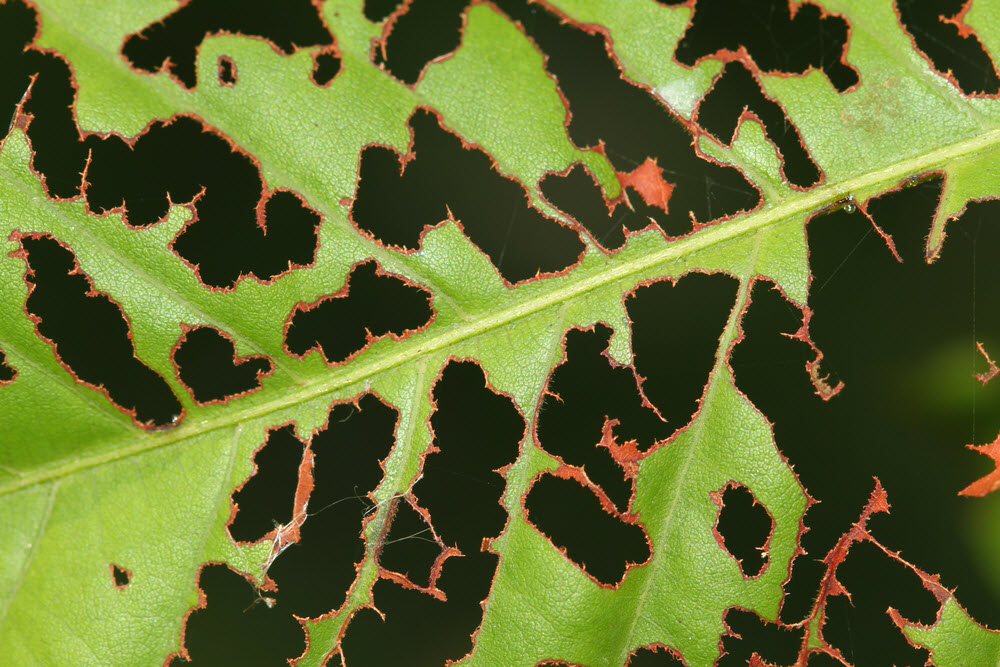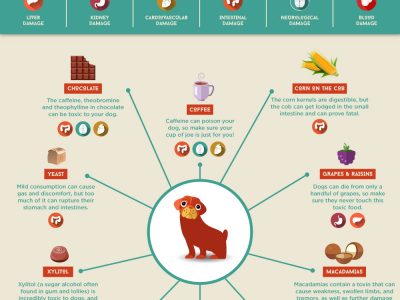Australian Plant Pests
 Plant pests can have a detrimental effect on both residential and commercial horticulture. Crop infestations can significantly impact our agricultural market. Here are just a few of the most common Australian plant pests that have a noteworthy or major impact on a broad range of plants.
Plant pests can have a detrimental effect on both residential and commercial horticulture. Crop infestations can significantly impact our agricultural market. Here are just a few of the most common Australian plant pests that have a noteworthy or major impact on a broad range of plants.
Red-Shouldered Leaf Beetle (Monolepta australis)
- Beetles are about 6 mm long, yellow in colour with red patches over the shoulders and wings
- This pest occurs in fruit-growing areas throughout Queensland, northern NSW and the Northern Territory. Other chrysomelid beetles, black swarming leaf beetles, cause similar damage in south Queensland.
- The host range is large and includes avocado, carambola, cotton, corn, Eucalyptus spp., grasses, legumes, longan, lychee, macadamia, mango, strawberry and numerous ornamentals.
- Larvae feed on plant roots. Adults skeletonise foliage, especially on flushes. Swarms can invade the orchard and cause serious damage within 2-3 hours.
Potato Moth (Phthorimaea operculella)
- These moths are about 12 mm across the outspread wings, and have brownish grey forewings with tiny dark scattered markings. A fringe of fine hairs borders the pale-cream hind-wings.
- Each moth can lay up to 100 eggs in two weeks. Incubation requires from a week in summer to several weeks in winter.
- The larva usually crawls on the leaf for a short time and then mines into it. The eaten-out area becomes brown and brittle, with particles of frass enclosed in the blister. As the larva grows it eats its way into the leaf stalk and on into the stem where its feeding usually kills the terminal section.
- Throughout crop growing areas of Queensland. Potato moth is a serious pest of tomatoes in south-east Queensland, especially where potatoes, as the major host are grown.
- Potato moths infest pepino, potato, tomato and tobacco, and several solanaceous weeds including thornapple, false cape gooseberry and the nightshades.
Swarming Leaf Beetle (Rhyparida spp.)
- Swarming leaf beetles are 3-5 mm, shiny, brown or black insects that swarm after the first heavy rains of the season. Eggs are laid in the soil and hatch into small larvae similar in shape to white grubs.
- The larvae feed on the roots of grasses for some months before pupating. Heavy rain allows emergence of the beetles from the soil.
- The wide host range includes commercial crops such as avocado, lychee, rambutan, durian, mangosteen and other rare fruits, maize, sugarcane, various ornamentals, native trees, especially cadaghi (Eucalyptus torelliana) and lemon-scented gum (Eucalyptus citriodora), and pasture species.
- They are a serious pest in some localities, particularly where orchards are adjacent to pastures or sugarcane or in wet tropical coastal areas.
- This insect causes damage to chempedak, cocoa, durian, grumichama, jaboticaba, jackfruit, longan, marang, mangosteen and rambutan. Swarms of this insect can cause severe damage to the new terminal growth on a range of crops.
Corn Earworm (Helicoverpa armigera)
- Newly emerged corn earworm moths have a distinct kidney-shaped spot in the middle of the forewing. The corn earworm has a pale patch in the middle of this band towards the edge of the wing. Adults fly mainly at night and are strongly attracted to light.
- The eggs hatch in three to seven days in warm weather. Larvae are mature after two to three weeks and pupate in the soil. Adults emerge after a further two weeks.
- Crop hosts include cotton; grain sorghum; maize (corn); millet; sunflowers; winter cereals, such as wheat, oats, barley and triticale; linseed; pulses; pasture legume seed crops, such as chickpeas, cowpeas, mungbeans, pigeon pea and soybeans; and horticultural crops, such as cherries, cape gooseberries, french bean, pepino tomatoes and citrus. Canola, safflower and ornamentals are also attacked. Weed hosts include noogoora burr, common sowthistle, fat hen and marshmallow.
- The larvae cause damage to flowers and bore into fruit. Often, large entry holes in the fruit are evident and extensive internal rotting can occur.
Banana-Spotting Bug (Amblypelta lutescens lutescens)
- Adult bugs are yellow-green-brown and about 15 mm long. The eggs are 1.7 mm long and somewhat triangular with rounded corners. They are pale green in colour with a slight opalescence, and they are laid singly on flowers, fruit or foliage.
- An adult female lays only a few eggs each day, but during its life may lay more than 150 eggs. They hatch in 6-7 days and their development from egg to adult averages 34-38 days in summer.
- This native species occurs throughout coastal and sub-coastal areas. During the 1980’s banana-spotting bug became very common in southern Queensland, causing extensive damage to many fruits.
- The banana-spotting bug damages avocados, bananas, cashews, custard apples, macadamia nuts, papaws, guavas, lychees, passionfruit, pecans, citrus, the exotic tropical tree crops grown along the coastal strip and on the fringing ranges and tablelands from Brisbane to Cape York. Wild hosts include umbrella tree, cockie apple, corky passion vine, white cedar, rough leafed fig, and malay rubber vine.
These are just a few of the most common plant pests. If you notice any infestation, it is important to seek professional advice immediately. For more information on all plant pests and diseases, visit the Queensland Government website.
Related article: Environmentally Friendly Treatments for Summer Garden Pests






